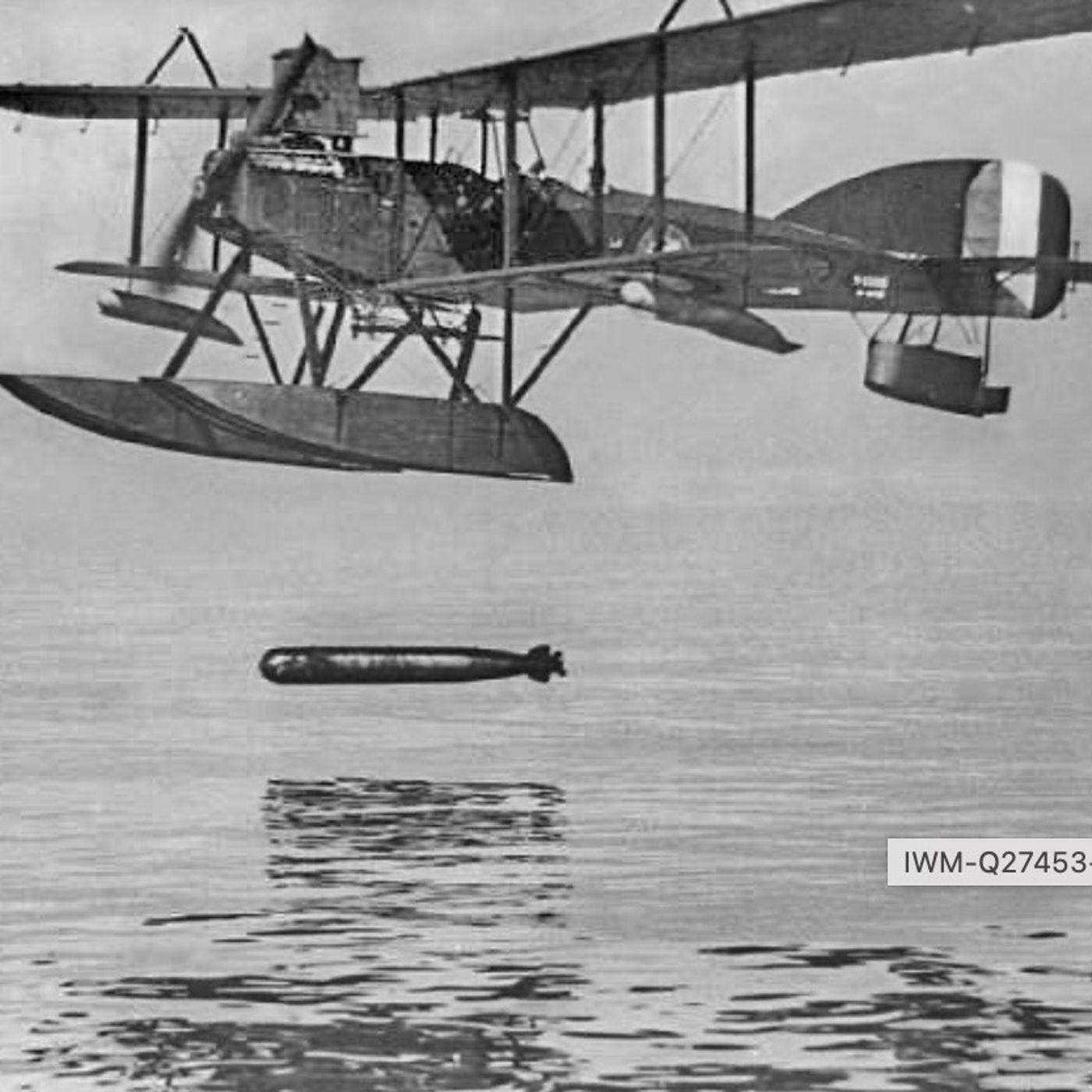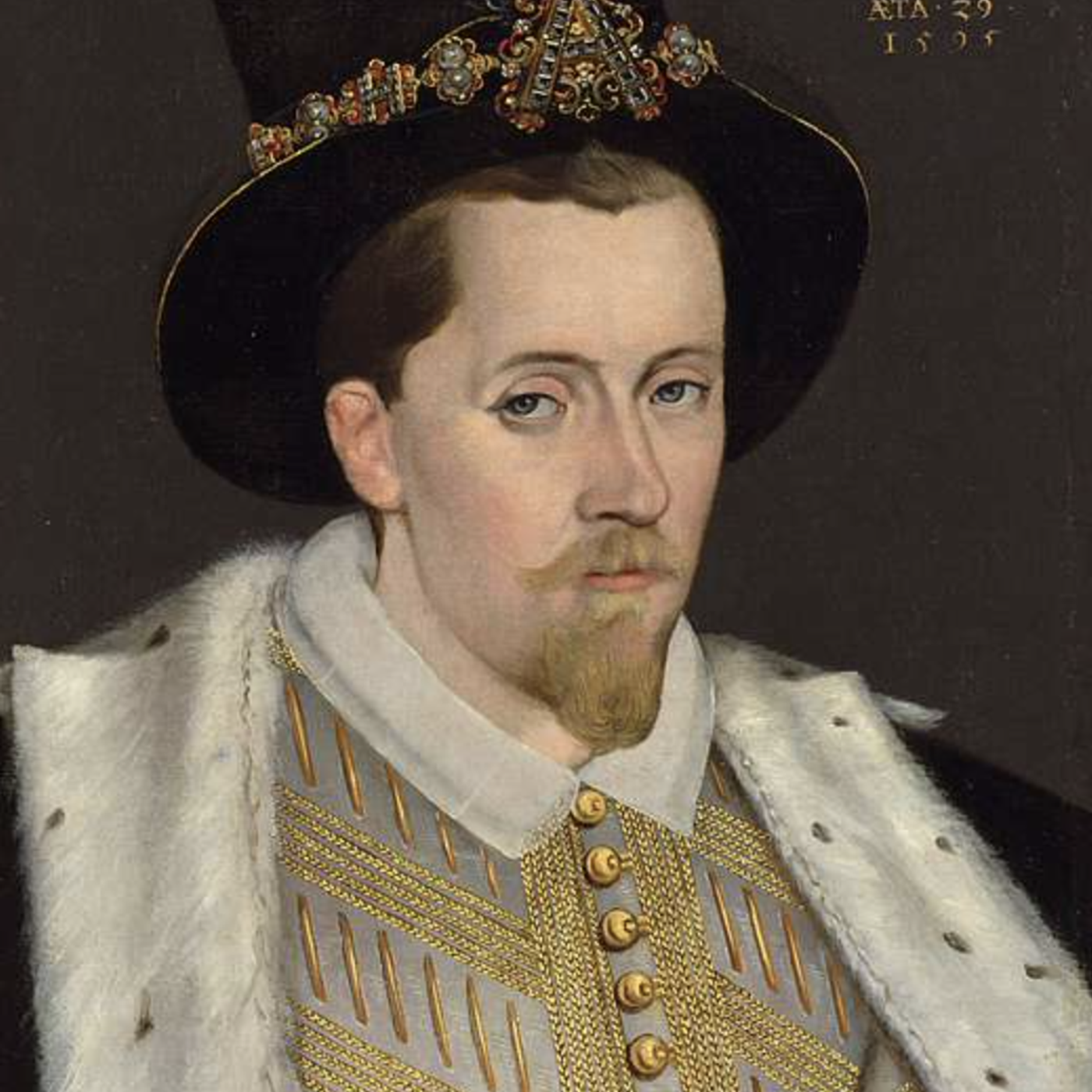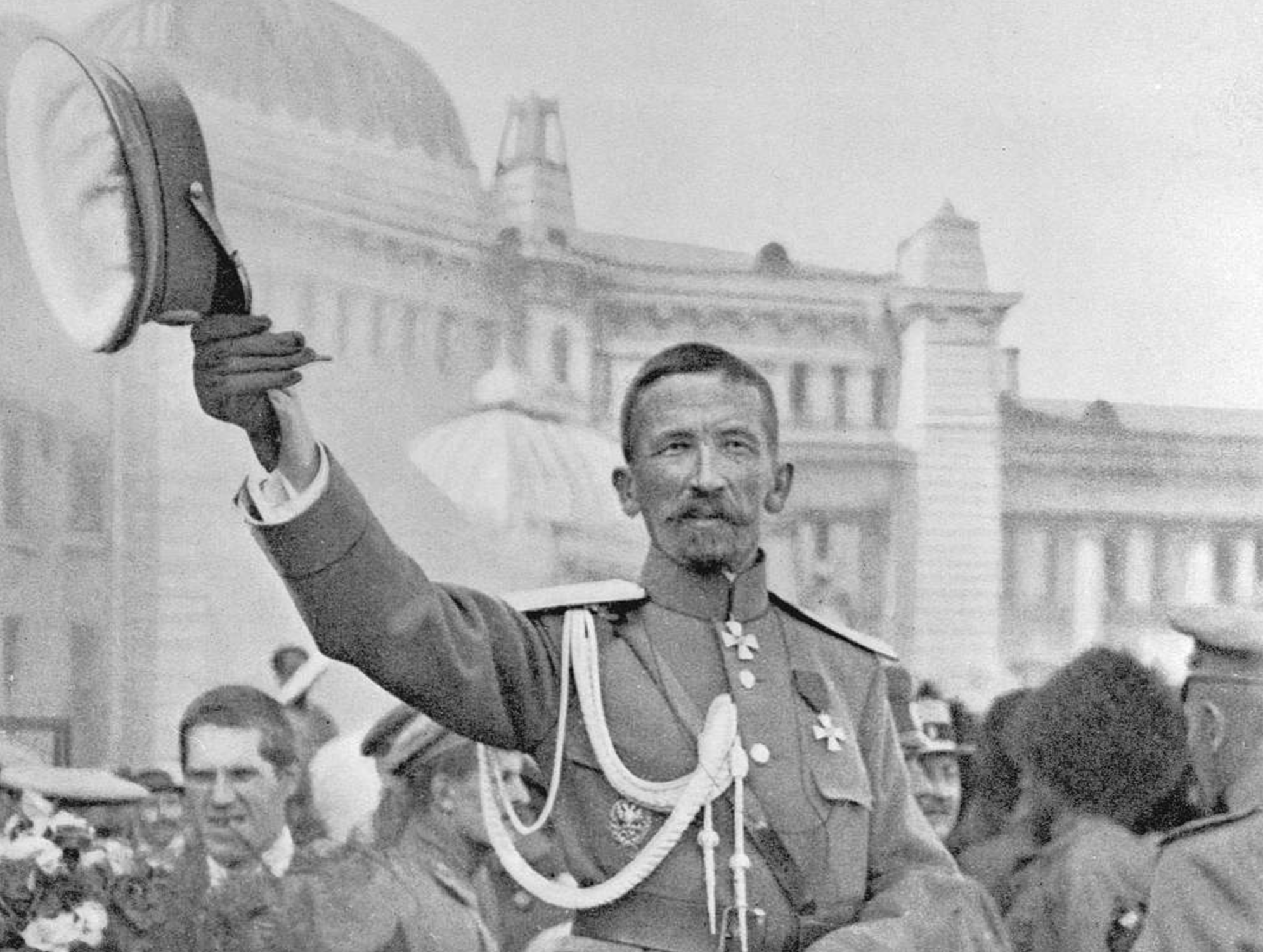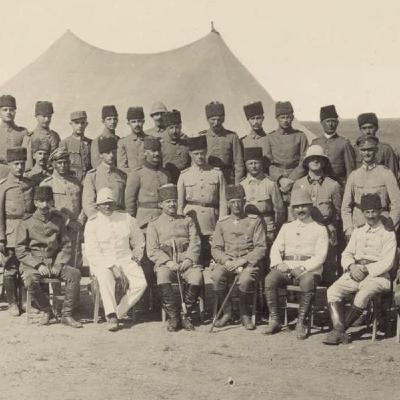41: Cotton, Cameos, and Cashmere: The Accessories of Revolutionary Style. The Graces made cotton, previously worn by lower classes, the most fashionable and revolutionary fabric, often importing high-quality white muslin from India. Painters like David were f
Update: 2025-11-03
Description
Cotton, Cameos, and Cashmere: The Accessories of Revolutionary Style. The Graces made cotton, previously worn by lower classes, the most fashionable and revolutionary fabric, often importing high-quality white muslin from India. Painters like David were fascinated by how the thin fabric revealed women's bodies, making the women appear artful and allowing them to move freely. When big skirts disappeared, the need to carry belongings led to the invention of the handbag as we know it, which instantly became the "it accessory." Other vital accessories included flat laced shoes and cashmere shawls. The long, rectangular cashmere shawls, first sent by Napoleon from Cairo to Josephine, were draped seductively around the slim dresses, becoming highly desirable for decades. Josephine (Rose) also invented the tiara by adapting Italian cameos to headbands. Juliet's rigorous all-white look became a powerful rallying symbol for the purity of revolutionary principles.
1805 Josephine
Comments
In Channel























